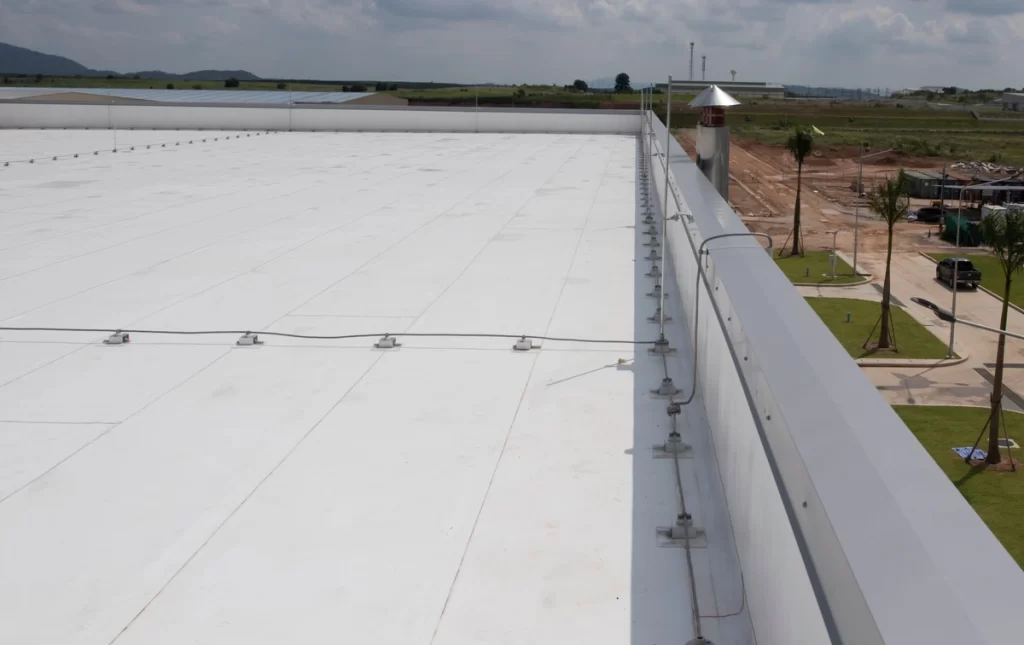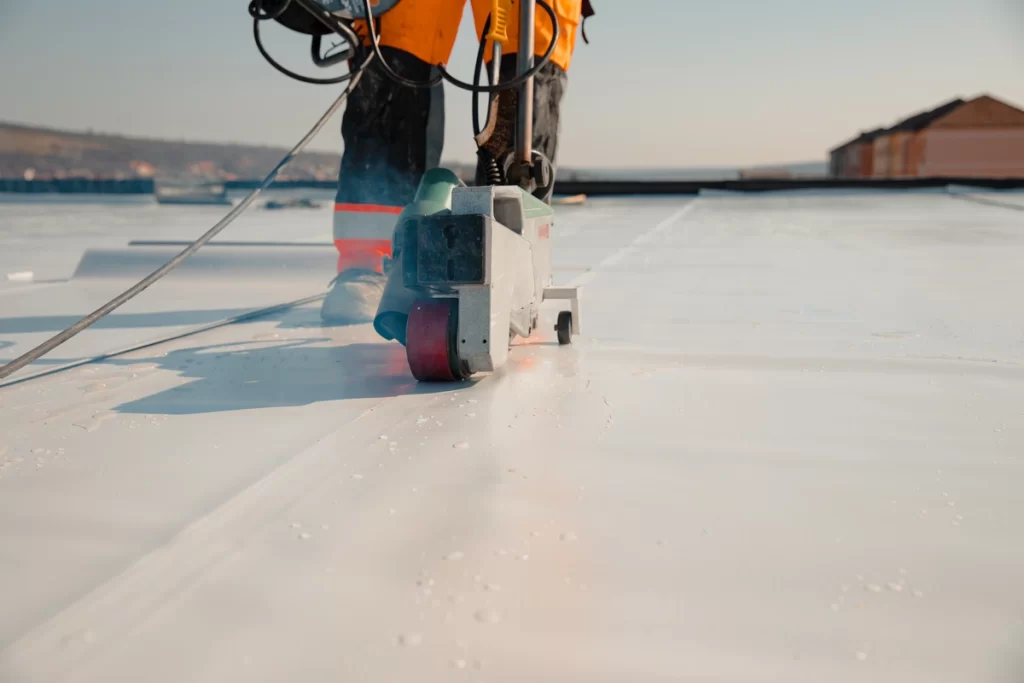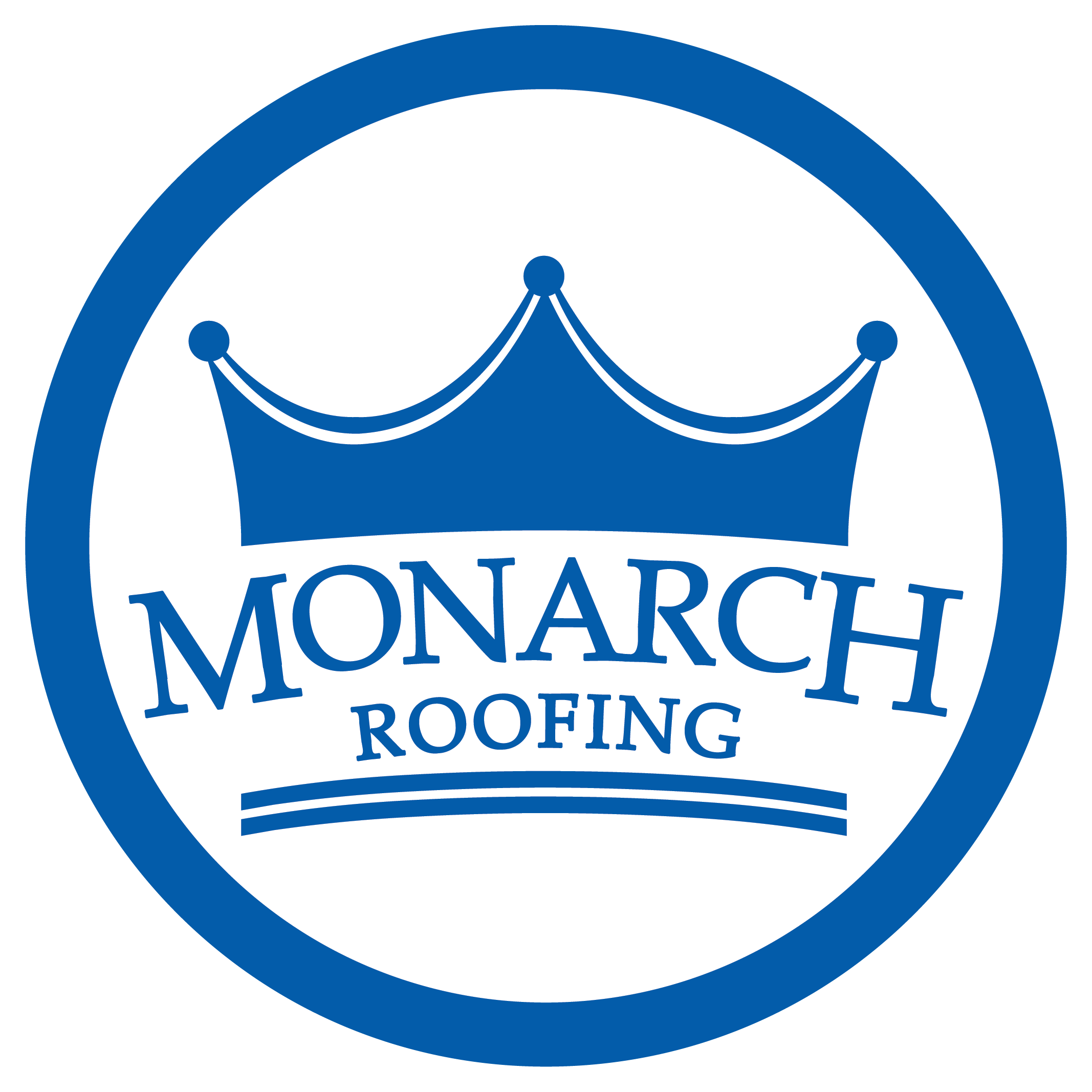There’s more to owning a commercial property and running a workplace than managing your employees, answering emails, and meeting quotas. You also have to make an effort to keep the workplace in good working condition, structurally speaking.
Many commercial property owners and business owners alike find themselves facing issues with their properties at some point in time, such as roof damage. When there’s roof damage, such as a leaky roof, you run the risk of:
- Encroaching on hours of operation
- Hindering productivity, causing delays
- Long-term structural damage (if not fixed in time)
- Causing physical and health-related hazards for the people inside
The only solution is to schedule a flat roof repair — or learn how to repair the roof yourself.
Not sure where to start? Consider this your quick and simple guide to flat roof repairs. Keep reading to learn more!
How Do I Know When My Flat Roof Needs Repairs?

It’s easy to forget about your commercial roofing system when you have so many other business-related things to prioritize. That includes scheduling regular inspections, which are recommended but often overlooked.
Luckily, when it’s time for a flat roof repair, the signs are obvious:
- Standing water: While it’s normal for flat roofs to experience some standing water post-rainfall, they’re designed to ensure that water drains and evaporates quickly. If you notice that pools of water are remaining several hours to days after rainfall, it’s a good indicator that your flat roof is underperforming.
- Water stains: If you, your employees, or tenants are noticing brown or yellowish stains forming on the ceiling and walls, it’s a tell-tale sign of water damage. If your flat roof isn’t functioning as it should, it’s likely allowing a substantial amount of moisture to get in, which can lead to more serious structural damage later on.
- Leaky ceiling: If there’s water dripping from your ceiling, then you have a leaking flat roof. Flat roof leaking may or may not be accompanied by water stains, depending on when the leak initially occurred.
- You have high energy bills: If you’ve noticed a sudden increase in your energy bills but aren’t sure why, it may be that your flat roof is no longer insulating the building properly. This tends to happen when there are weak spots or cracks due to unknown damage or age in flat roofing systems. The result is excess airflow that causes your HVAC system to work overtime.
Steps for a DIY Flat Roof Repair
When you notice that your flat roof is leaking or damaged, you don’t have much time before that damage becomes a much bigger problem. Ideally, you want to call in your local roofing professionals to assess and fix the damage. However, if the issue is just a small leak, you can likely handle it yourself.
If you plan to tackle the flat roof repair on your own, these are the steps you’ll need to take:
Locate the Source of the Damage
The first thing you want to do is figure out where the damage to your flat roof is. Leaky flat roofs can be tricky, however, because the water entering into your interior is often in a different location from the actual damage causing the leak. This is because water penetrates the roof’s membrane and travels across the roof until it reaches a seam in one of the following:
- Roof deck or sheathing
- Skylight
- Electrical components
- HVAC or plumbing components
From any one of these seams, the water can drip or seep through to the inside of your building. This means you’ll need to safely get to the top and examine your entire roof to locate any cracks or weak spots.
Gather the Appropriate Materials and Tools (Optional)

Once you’ve figured out where the source of damage is on your flat roof, you’ll want to temporarily patch the area until you can get a professional to come out. To do this, you’ll need to determine the type of material your flat roof is made from, which could be one of the following:
- Ethylene propylene diene terpolymer (EPDM), aka: Extremely durable rubber.
- Modified bitumen, which is a type of asphalt and rubber combination that’s heat applied via open flame.
- Built-up roofing (BUR), which is made from layers of bitumen and reinforced fabrics to create a more solid membrane.
- Thermoplastic Polyolefin (TPO), which is primarily made from recycled rubber and is “glued” using heat.
- PVC, which is layered atop polyester for reinforcement.
If the damages to the existing roofing material are substantially small, it’s possible to repair a flat roof with any of the above materials — as long as you have the appropriate tools and techniques. Having said that, this step is optional as each type of material is associated with a different installation process. You also may not want to bother with learning a specific flat roof repair technique or have the budget to cover the specialized tools or flat roof material cost.
In this instance, you can skip all of that and move on to the next step.
Apply Your Temporary Patch
While each patching method will vary based on the type of flat roofing materials you have, there’s a basic patching method you can get away with that doesn’t involve running out and getting the above materials or their tools.
This method involves cutting tools, roofing cement, fiberglass mesh, and gravel — and it only works for minor damages, such as blistering, small holes, and cracks:
- Clean the area thoroughly, ensuring that all water and other debris are dried and removed.
- Remove any old roofing material. This means cutting all of the material from the damaged area. Be careful not to create too large of a hole while getting rid of the old, damaged material.
- Use a small amount of roofing cement to create the first layer of patching over the area.
- Cover the first layer with a piece of fiberglass mesh for extra waterproofing.
- Add another layer of the cement on top of the mesh.
- Cover with gravel.
This temporary patch should keep your flat roof safe until you can meet with a professional roofing contractor.
Flat Roof Maintenance Tips

Generally speaking, a commercial flat roof will last about 25 years, depending on how they’re maintained and the type of climate you live in. Because flat roofs easily collect debris and can become vulnerable under extra pressure from heavy rain and snowfall, proper maintenance can make or break their longevity.
So, when you want to avoid costly flat roof repairs or early flat roof replacements, be sure to do the following:
- Have a maintenance plan in place to ensure that any damages are addressed immediately and to extend the life of your commercial flat roof.
- Perform a clean sweep of your roof after periods of high winds and storms. By doing this, you’ll ensure that any leaves, sticks, branches, dirt, and other debris don’t cause any ruptures in the materials or break down and turn into mulch which can add unnecessary weight.
- If you live in a snowy area, make sure you can hire someone to remove snow and ice after significant storms to prevent the extra weight from causing sagging and weak spots.
- Schedule a yearly roof inspection to ensure that everything is in good working order and that vulnerable areas don’t become damaged areas.
Get in Touch With Your Local Flat Roof Specialist Today
DIY roof repairs are much more involved than most people think. While the average person is perfectly capable of applying a basic patch, it’s incredibly easy to miss vulnerable areas and other types of damage when you have an untrained eye. It’s also easy to cause more damage while trying to carry out a flat roof repair without the proper technique.
Monarch Roofing has the training and experience to take care of all your commercial flat roofing needs, so call us instead. We’ll also help you come up with a maintenance plan so you don’t have to worry about future damages!





